The “Holy, Not Whore” Series Pt. 3: Who Stole The Womb
"When a woman cannot be controlled, the system finds new ways to silence her."
The backlash against powerful women didn’t begin with witches, and it didn’t always look like violence at first.
Women who carried knowledge, herbalists, midwives, and spiritual healers, many of whom had passed down wisdom for generations, became targets.
Between the 15th and 18th centuries, tens of thousands of women were tortured and killed during the European witch hunts. In some regions, the numbers reach into the hundreds of thousands.
The term “witch” became shorthand for any woman who couldn’t be controlled.
But in the earliest human civilizations, women were not seen as secondary. They held roles in leadership, land ownership, healing, and spirituality.
Life was understood to begin in the body of a woman, and that wasn’t up for debate, it was honored.
But something shifted when domination became the goal. Societies that once prioritized cooperation and balance began to favor hierarchy and control.
Masculinity was elevated, not as a complement to the feminine, but as its replacement.
Religion became the most effective tool for spreading these ideas. Not because religion itself was harmful, but because it was reshaped to serve political and patriarchal goals.
In 325 CE, under Emperor Constantine, the Council of Nicaea was called to standardize Christianity across the Roman Empire.
What had once been a wide range of spiritual traditions, was narrowed into a single, male dominated structure. And anything that challenged that, including feminine wisdom, was pushed underground, punished, or rewritten out of history.
Men were told they had a divine right to lead, not because they had earned it, but because of their biology.
Women were stripped of land rights, excluded from religious leadership, and labeled unfit for public decision making.
The masculine cannot exist without the feminine holding it, receiving it, grounding it.
Even In Spiritual Terms:
The “Word” (masculine) must become flesh (feminine).
Energy (masculine) must be embodied (feminine).
Thought (masculine) must be nurtured into reality (feminine).
So when someone says, “God is a man,” the real question should be: Where did He come from? Because even He had to be birthed from something.
Most men didn’t destroy the feminine out of malice. The feminine asks you to feel, sit in the unknown, to surrender, most men were never taught how to hold this kind of power.
Ancient cultures had initiation processes for boys to become men. They were separated from the mother to learn how to carry the masculine in a way that could eventually meet the feminine with respect.
That process is gone, and deep down, many of them are terrified of being seen as weak, because no one ever showed them what true strength looks like. So they perform masculinity instead.
Women still remember who they are. Even after centuries of silence, the memory is in our soul. That’s why no matter how many times they burn the story, we still find our way back to it.
The world won’t heal until the feminine is no longer a threat, and the masculine no longer feels like it has to dominate to feel valuable.
When both can exist in their full expression, without fear, without shame, that’s when real balance can be restored.
When Did The Breakdown Of The Divine Feminine Officially Start?
There is no single year, but historians trace the shift around 6,000 to 4,000 BCE, matriarchal cultures across Mesopotamia, Old Europe, North Africa, and the Indus Valley began to be overtaken by warlike, patriarchal tribes, through war, assimilation, and redefinition of gender roles.
But there were civilizations where women led, and these cultures weren’t perfect, but they prove a very real truth: there was a time when the feminine wasn’t feared.
The Minoan Civilization in ancient Crete is one of the clearest examples. Women were priestesses, landowners, and central figures in religious life. Their art showed women leading ceremonies, not hidden behind men.
In Çatalhöyük, one of the oldest known settlements in modern day Turkey, female figurines out number male ones, and many were found on altars. There’s no evidence of a ruling class or warfare. Communities were built around shared resources, spirituality, and the cycles of life.
In Nubia, especially during the Kushite era, women ruled as queens, called Kandakes. They led armies, commanded spiritual authority, and negotiated international relations. Their leadership was respected, and in many cases, feared.
The Iroquois Confederacy in North America was and still is matrilineal. Clan mothers chose the male leaders. Women could remove them, too. Inheritance, land, and names passed through the women. Their political structure influenced early American democracy, even though that part of the story rarely gets told.
The Mosuo People in China are often referred to as one of the last living matriarchal societies. Women head the households, own property, and pass down lineage. Marriage isn’t required. Women choose when and how to engage with a partner.
Among the Tuareg People of North Africa, women inherit land, write poetry, and hold intellectual authority. Lineage is traced through the mother, not the father.
→ Referenced in: A House In the Sun: Modern Architecture And Solar Energy In The Cold War by Daniel A. Barber (for cultural context)
The Khasi People of Northeast India still follow a matriarchal system. Women inherit ancestral land, children take the mother’s surname, and the youngest daughter is responsible for caring for the home and heritage.
→ Referenced in: The Khasis: Matriliny In Meghalaya by David Roy
In Europe, during the Inquisition and witch hunts, women tried to protect their communities through herbal knowledge, midwifery, and spiritual practice.
In Africa, queen mothers, warriors, and spiritual leaders led entire revolts. That knowledge got them killed. Millions of women were burned, drowned, and tortured.
Queen Nzinga: of Ndongo and Matamba, present-day Angola, ruled during the 1600s. For over 30 years, she fought against Portuguese colonizers using diplomacy, military strategy, and defiance.
Yaa Asantewaa: of Ghana, who led a rebellion when men hesitated, history is full of women who challenged the systems trying to erase them.
Queen Amina: of Zazzau (now Nigeria), was known for her military skill and fearless leadership. She expanded her kingdom’s territory through battles and strategy, building walls around cities and securing trade routes.
In Haiti, Cécile Fatiman, helped lead the Haitian Revolution through Vodou ceremony. Enslaved Black women across the Americas practiced rootwork and spiritual resistance under threat of death.
So yes, women resisted.
That’s why it can seem like women just “let it happen”, because the stories of their fight were either buried, twisted, or destroyed.
First, they had to be separated from the land.
Then, they were separated from each other. Through war, rape, colonization.
Next, they were separated from their bodies.
Then, they were separated from their own spiritual systems. Women were forced to adopt foreign gods that told them they were made from man, for man, and beneath man.
And finally, they were separated from their memory.
Calling out imbalance is not the same as creating it. Women have waited long enough, for recognition, for accountability, for change.
And while men are still waking up to the role they played or the power they abandoned, women don’t need to wait to reclaim their position.
That doesn’t mean we fix it all, or that we carry everything alone. We lead from what we know, not from what we’ve been told.
And we stop letting fear, silence, or systems shape how we show up.
The womb remembers what the mind was told to forget.
✨ Coming Up Next In The Series:
💖 Need To Vent? Get Advice?
My 1:1 girl chat sessions are for women who are done repeating patterns and ready to reclaim their voice, their power, and their peace.
🔮 Sacred Feminine, Matriarchal Cultures, And Spiritual History
The Myth Of The Goddess: Evolution Of An Image by Anne Baring & Jules Cashford
The Woman’s Encyclopedia Of Myths And Secrets by Barbara G. Walker
🌕 On Feminine Archetypes, Psychology, And Healing
⚔️ On Witch Hunts, And Historical Silencing
Witches, Midwives, And Nurses by Barbara Ehrenreich and Deirdre English
The Witch: A History Of Fear, From Ancient Times To The Present by Ronald Hutton


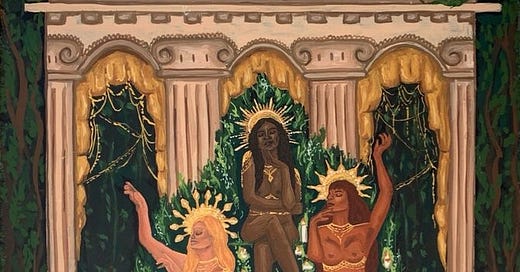


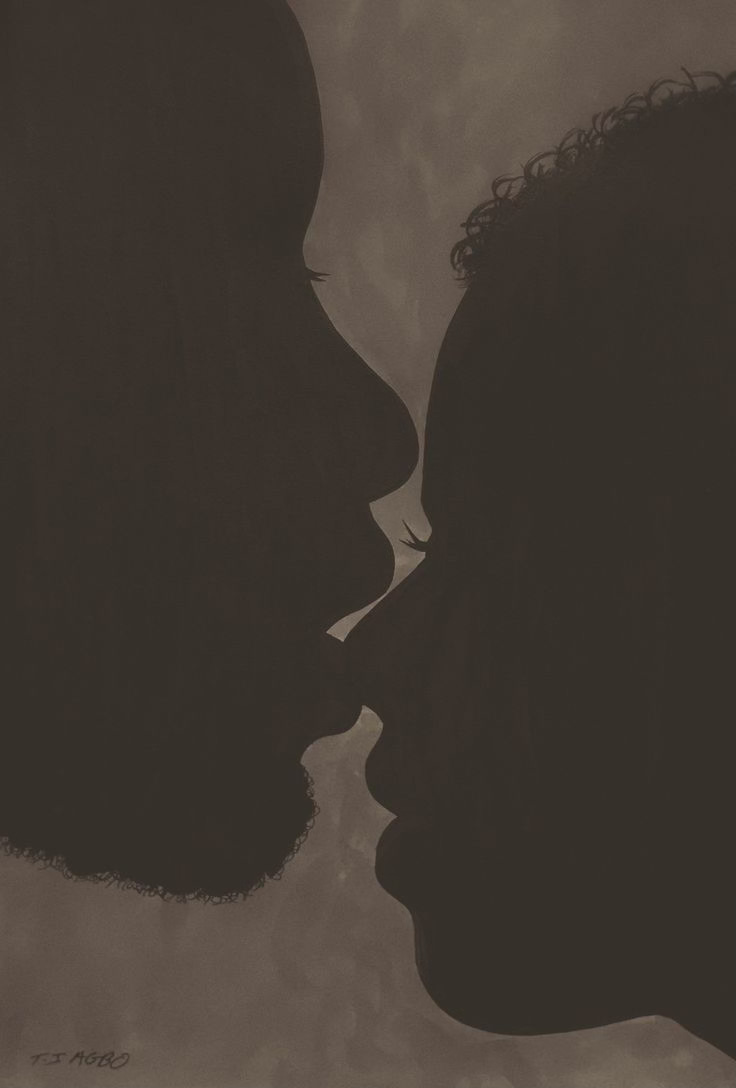
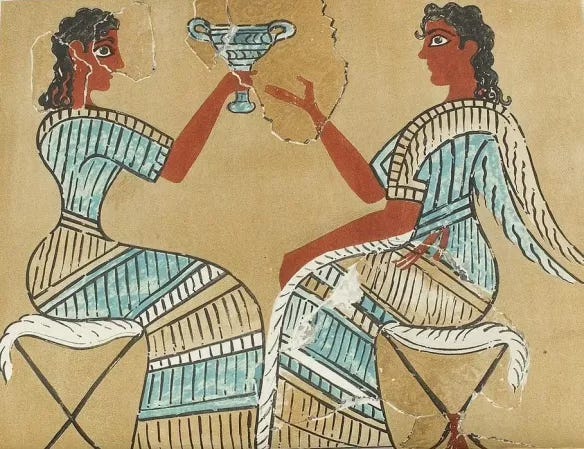
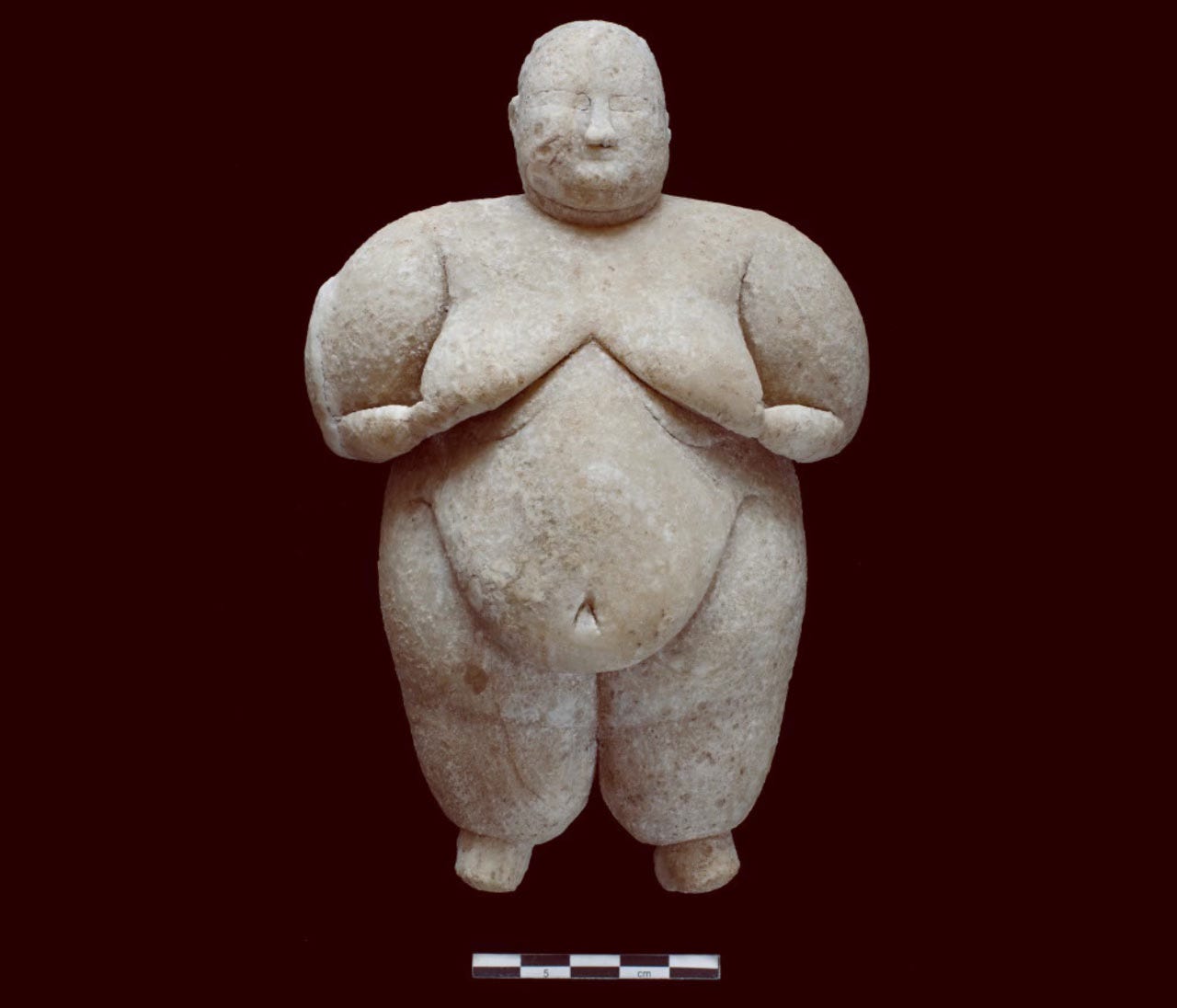




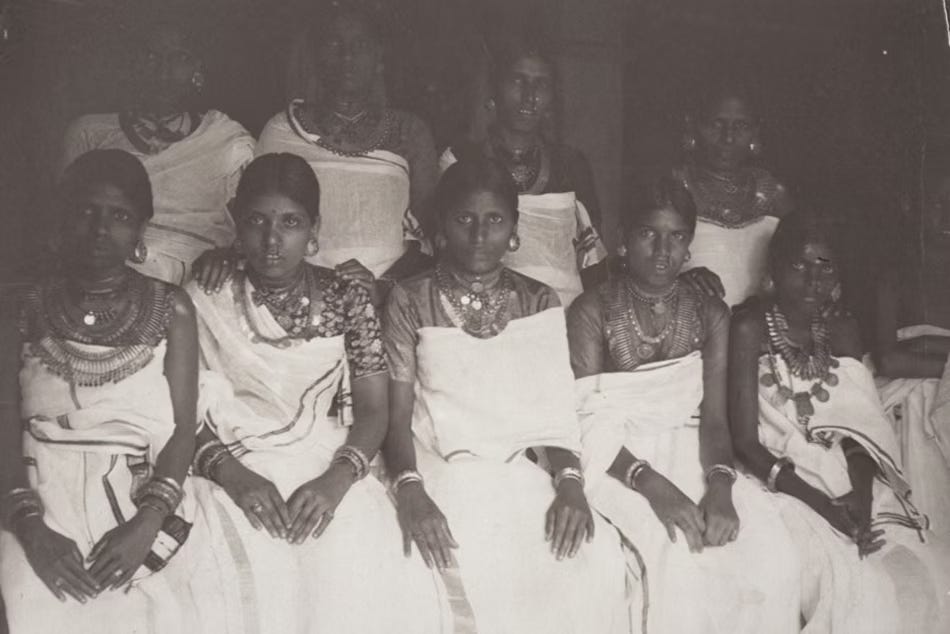




Thoroughly enjoyed reading this. Thank you! ❤️
Literally I love every bit of this series.